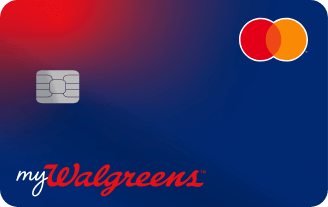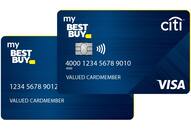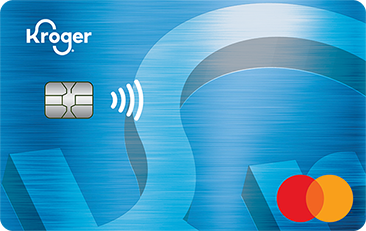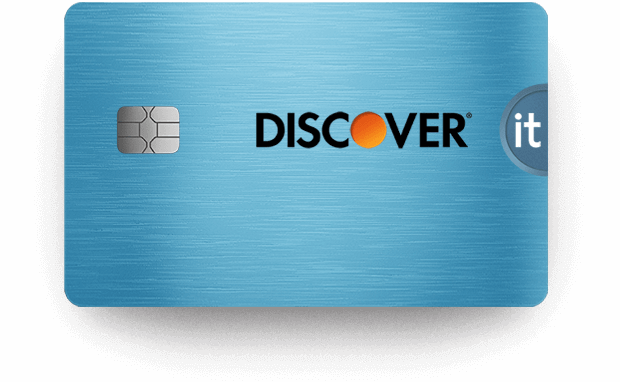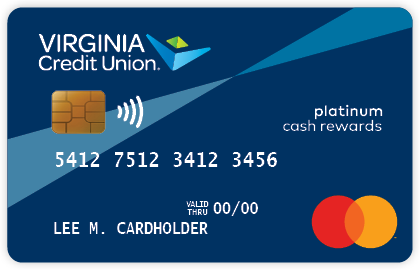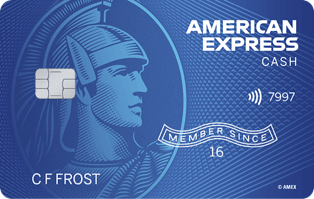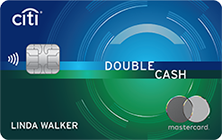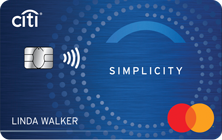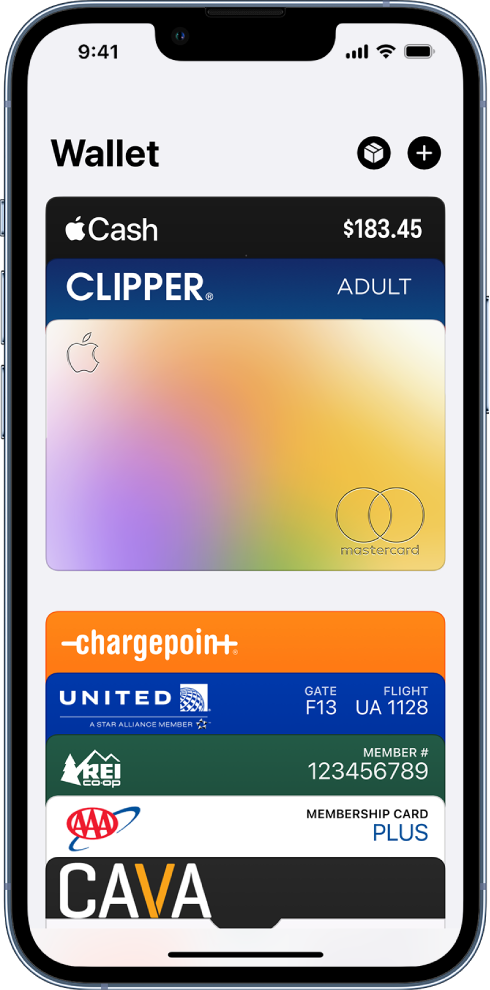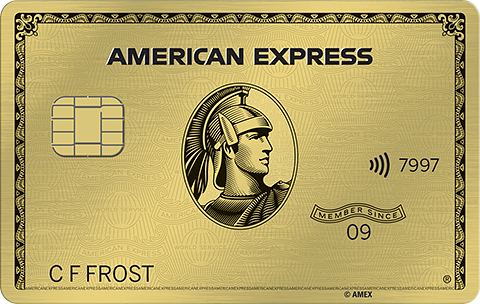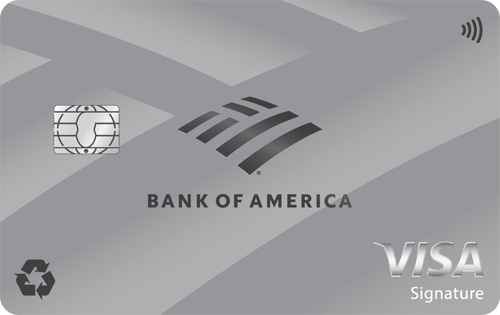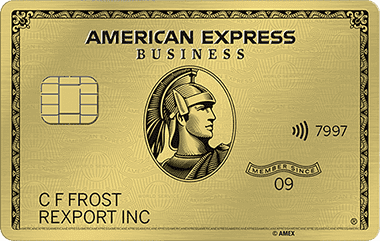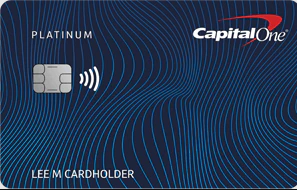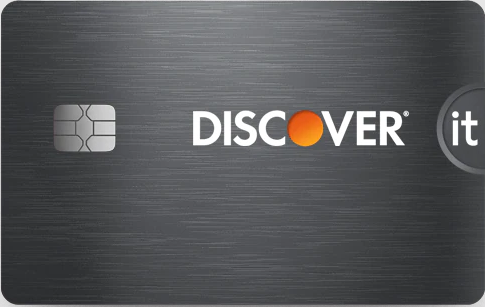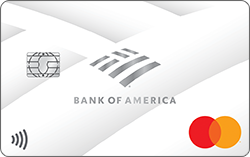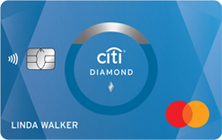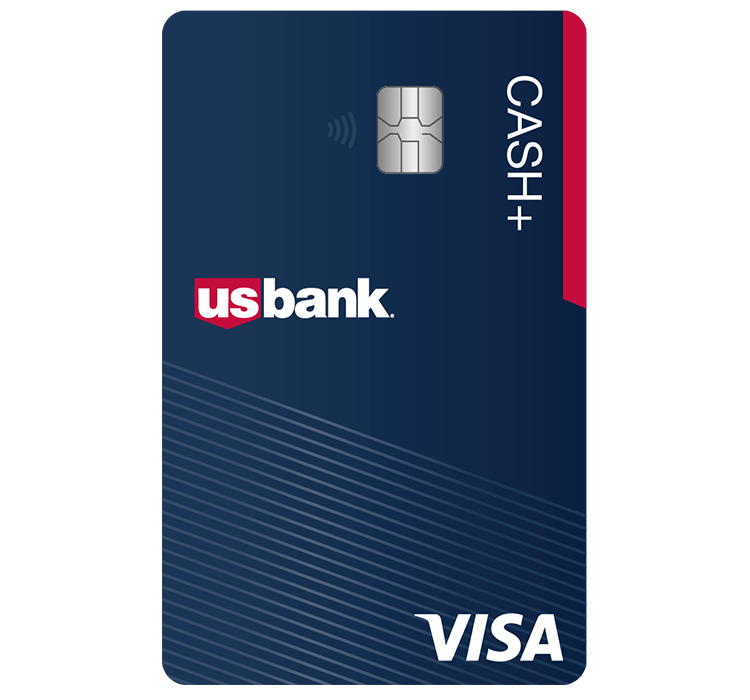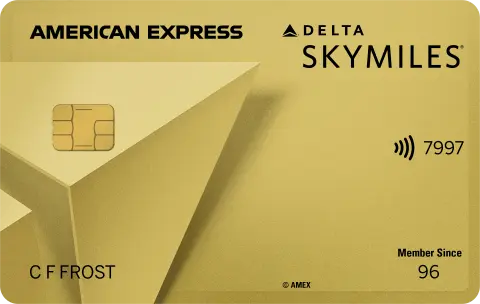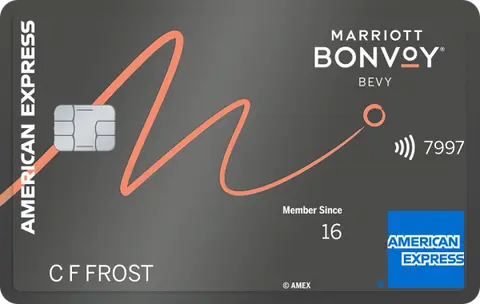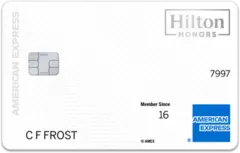Student credit cards are specifically designed for college or university-going students. These cards often have lower credit limits and less stringent approval requirements than regular credit cards. They are good options for students who are just starting to build their credit. Many student credit cards also offer perks and benefits that are tailored to the needs and interests of students. For example, cashback on textbooks, discounts on streaming services, or waived fees for foreign transactions.
Some student credit cards also have lower interest rates than regular credit cards. This can make them a good choice for students who may carry a balance from month to month. It’s important to note that, like any other credit card, student credit cards come with fees and potential risks. For instance, the potential for high-interest charges if the cardholder carries a balance and doesn’t pay on time. Therefore, it’s important for students to carefully consider their financial situation and choose a credit card that they can responsibly manage.
As students do not have a credit score or credit history, student credit cards are a good place to start. Students can also opt for secured credit cards if they can’t get student credit cards. For some of the best Secured credit cards see our post on the same.
Building credit scores using student credit cards
Building a credit history is important for students because it can help them qualify for loans, credit cards, and other financial products in the future. Here are some tips on how students can build a credit history using credit cards:
- Student credit cards are a good place to start for starting in the financial journey. It’s a good idea to start with a small credit limit and make sure to pay the balance off in full each month. Subsequently, this will help you demonstrate that you can manage credit responsibly.
- Students should use their credit cards for small purchases and paying them off on time can help you establish a positive credit history. Avoid using too much of your available credit, as this can hurt your credit score.
- Pay your bills on time: One of the most important factors in your credit score is your payment history. Make sure to pay all of your bills, including your credit card bill, on time every month.
- Monitor your credit report: It’s important to keep track of your credit history and credit score. You can get a free copy of your credit report from each of the three major credit bureaus (Experian, TransUnion, and Equifax) once a year.
- Finally, use your credit card for things you would have paid for anyway. If you’re going to make a purchase anyway, consider using your credit card and paying it off in full each month. This can help you establish a good credit history without adding any additional expenses to your budget.
List of some of the best student credit cards in the USA
Here we will discuss some of the best student credit cards available in the market.
#1 Discover It Student Cash Back
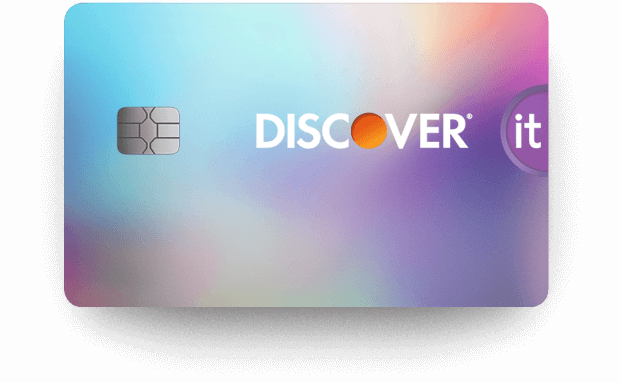
Fees: No annual fee
Credit score: No credit score is required to apply
APR:
Rewards: Students can earn 5% cash back on everyday purchases at different places each quarter. The offered categories change every quarter. Once the offer is activated the cashback is applicable for Amazon.com, grocery stores, restaurants, and gas stations.
Our Rating: 4 / 5
Pros and Cons of this Card: Discover It Student cash back card is a great starter card for students. As this card does not ask for any credit score to apply it is a good card for students. Further, this card offers 5% bonus rewards on the selected category every quarter. The category changes every quarter. For example, the categories include travel, groceries, amazon, and streaming services.
Furthermore, Discover matches the first year’s cashback dollar-for-dollar. There is no limit to the cashback, card members can earn. Students can redeem the cashback for statement credit, gift cards, or for shopping at amazon.com.
#2 Bank of America Customized Cash Rewards Credit Card for Students
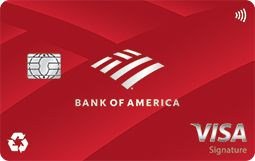
Fees: This card has no annual fee. But, there is a 3% balance transfer fee is applicable.
APR: 17.74% – 27.74% variable APR
Rewards: Card members can earn an online $200 cash rewards bonus. To qualify, they have to make at least $1,000 in purchases in the first 90 days of the account opening.
Our Rating: 4 / 5
Pros and Cons of this Card: Bank of America Cash rewards offers 2% cash back on groceries and at wholesale clubs. Furthermore, card members earn 1% cash back on the rest of the purchases. Students earn 3% cash back in the category of their choice. The categories available for the selection include gas, online shopping, dining, travel, drug stores, or home improvement/furnishings. Further, this cashback is for a total spend of $2,500 in a quarter.
#3 Capital One Quicksilver Rewards for Students

Fees: No annual fee and no foreign transaction fee
APR: 17.99 – 27.99% variable APR
Rewards: Card members earn 1.5% cashback on all purchases. They also earn a one-time $50 cash bonus once they spend $100 on purchases within 3 months of account opening.
Our Rating: 3 / 5
Pros and Cons of this Card: Card members can redeem cash back on statement credit, gift cards, or on a recent purchase. This card offers students a complimentary Uber One membership and 10% off on Uber and UberEats orders. Further, the card members earn an unlimited 5% cash back on hotels and rental cars booked through Capital One Travel. Students get an additional warranty on eligible items (such as phones, digital products, etc.) purchased using this card. This credit card offers automatic insurance for travels booked through this credit card
#4 Capital One SavorOne Rewards for Students

Fees: No annual fee and no foreign transaction fee
APR: 17.99 – 27.99% variable APR
Rewards: Card members earn unlimited 3% cash back on multiple categories. The rewards are for dining, entertainment, popular streaming services, and at grocery stores. One-time $50 bonus on spend of $100 in first 3 months of card opening.
Our Rating: 4 / 5
Pros and Cons of this Card: Students from universities, community colleges, or other higher education institutions can apply for this card. This card helps students build their card history over time. Students receive a complimentary Uber One membership and 10% off on Uber and UberEats orders. They also receive unlimited 5% cash back on hotels and rental cars booked through Capital One Travel.
#5 Chase Freedom Student Card

Fees: This card has no annual fee.
Credit score: No credit score is required to apply for this card.
APR: 19.24%
Rewards: Card members earn $50 bonus on making the first purchase within 3 months of card opening.
Our Rating: 2 / 5
Pros and Cons of this Card: Chase Freedom offers very little incentive to users. For instance, it offers a measly 1% cashback on all purchases. On the other hand, the main advantage of this card is the high acceptance rate for students. Chase Freedom Student Card provides free access to credit scores as well.
This card rewards making timely payments by increasing the credit limit. They also provide a good standing reward of $20 each anniversary year for 5 years.
#6 Bank of America Unlimited Cash Rewards for Students
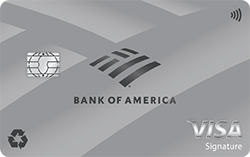
Fees: This card has no annual fee for students.
APR: 17.74% to 27.74%
Rewards: Students earn an online $200 cash rewards bonus. To qualify for this offer they have to make $1,000 in purchases in the first 90 days of the account opening
Our Rating: 3 / 5
Pros and Cons of this Card:
- Students can earn unlimited 1.5% cash back on all purchases, There is no limit to the amount of cashback they can earn and the cash rewards don’t expire
#7 Deserve EDU card

Fees: No annual fee and no international transaction fee
APR: 22.99% variable APR
Rewards: Students earn a 1% cashback offer on purchases through this card
Our Rating: 3 / 5
Pros and Cons of this Card: These student cards are perfect for all students including international students. Deserve cards offer a free Amazon Prime student membership plan for a year. Finally, this card offers an intuitive app for card application and management.







